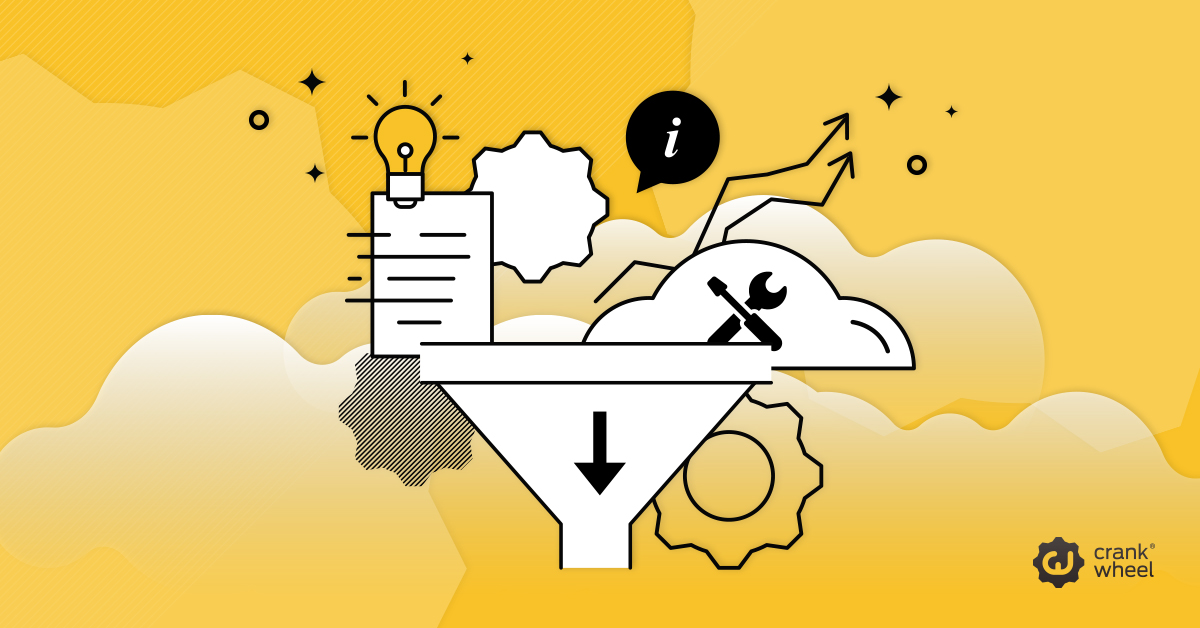Sales Enablement: What is it, and what tools should you use?
Sales enablement should make it easier for salespeople to generate leads and close deals. Get sales enablement right, and your team should have less to worry about and can spend more time doing what they’re good at.

Get sales enablement wrong is something that can infuriate a lot of salespeople. Adding extra friction points, and extra work, onto a sales teams list can encourage them to go elsewhere. With the average sales tenure at only 1.4 years, they need no encouragement to look for a new role.
Anything sales teams leaders can do to encourage happier more effective teams should be invested in. Sales enablement, whether through the marketing team, creating a standalone function to support sales, or an external provider, is a worthwhile investment to make a sales team more effective.
What is Sales Enablement?
Not to be confused with Sales Engagement, it’s a combination of information, content and tools. Sales enablement is not and shouldn’t focus purely on tech. Sales teams need an effective and efficient tech stack; these days that is essential. Sales is more technology and data-driven than ever.
It takes a suite of tools to support any internal function, and these need to be secure, cloud-based and easy to scale. However, sales enablement is not simply the sales related wing of an IT department or a tech stack managed by a sales manager, an admin team member, or external IT partner.
Tools are only one part of sales enablement. Information and content are equally important, and an often overlooked aspects of sales enablement.
Breaking the three core elements of enablement down helps to explain how to create or strengthen a sales enablement function.
Sales enablement Goals: To help a sales team generate more leads, engage potential clients more effectively, and sell more, with shorter sales cycles.
How do you determine what a sales team needs?
It starts with understanding the buyers, and therefore, buyer personas. Which means taking another step back and understanding buyer pain points, how to qualify leads, what it takes to get them into a pipeline and nurture them.
As soon as potential buyers are in the sales pipeline, or being engaged by the sales team, materials and information is needed. Now, this information and materials could come in several formats:
- FAQs and a knowledge-base, to hep a sales team answer questions more effectively;
- Training and product demos, so that they can deliver these, in-person or online;
- Sales proposals and pitch documents;
- Case studies and testimonials;
- Articles and blogs that answer a wide range of potential client questions, and demonstrate for them how your solution solves a series of problems;
- Alongside anything else that addresses the needs of buyers, at every point in the sales cycle, from gathering information through to decision making.
Everything that is client-facing should be designed in-line with the branding, and a sales team should have easy access to everything they need. Whether that means a shared folder, a Dropbox, Google Drive, OneDrive, or any number of other shared cloud-based systems. No one should be scrambling around wondering where something is.
And when it comes to marketing efforts; they should be aligned with what a sales team needs. When leads come in, it should be in real-time, and for after hours leads, there should be AI-powered bots that provide some information to begin with, while ensuring one of the team knows to contact a lead straight away the next day.
Training is also something that a sales enablement function needs to manage. Whether this is done in-house, through peer support and manager-driven coaching, or through third-party training provider, the budget and scheduling of this needs to be managed at the centre of the sales data ecosystem.
As sales enablement becomes increasingly data-driven, companies are turning to specialized tools that make onboarding measurable and repeatable. In G2’s guide on the Sales Training and Onboarding Software, “G2 reviews highlight Mindtickle and SalesHood for guided onboarding and progress tracking. Mindtickle provides dashboards for certification, skills, and completion, while SalesHood focuses on self-paced lessons, peer collaboration, and AI coaching.”
What about tech tools?
Sales teams need a range of tools, but this mustn’t get overwhelming. Any technology used in the tech stack should support, and reduce friction, not increase it. This also depends on what a sales team does. An outbound team needs different tools than inbound, and field teams have different tech requirements too.
However, some tech tools in the stack are fairly universal.
Starting with a CRM. With a wide range of options on the market, the CRM is the centre of every sales team data ecosystem. With so many inflows of information and data surrounding customers, and numerous channels and touch-points, every interaction needs to be logged and recorded. Ideally, this should be as automated as possible, to reduce sales teams non-sales related (admin) workloads.
Ensuring the CRM functions this way, and the recording of every interaction is as automatic as possible is the role of a sales enablement team. At the same time, leads that aren’t ready to purchase could be entered into an automated lead nurturing system. A sales enablement team should manage and support this, ensuring the content is there to add value to leads being nurtured in the funnel.
Other useful tools include LinkedIn Sales Navigator, email finders, presentation software, and of course, screen sharing software, such as CrankWheel. We go into more detail about tech tools for sales teams here.
A skilled sales enablement team is an asset for every sales function. With the right tools, information, training and content, you can make sure that your sales team is ready for anything. This way, they can spend more time selling, increasing the number of leads in the pipeline and conversion rates.
